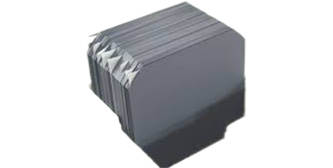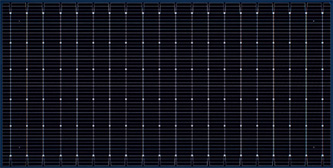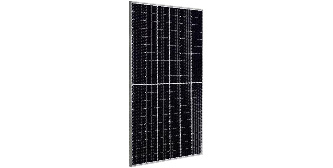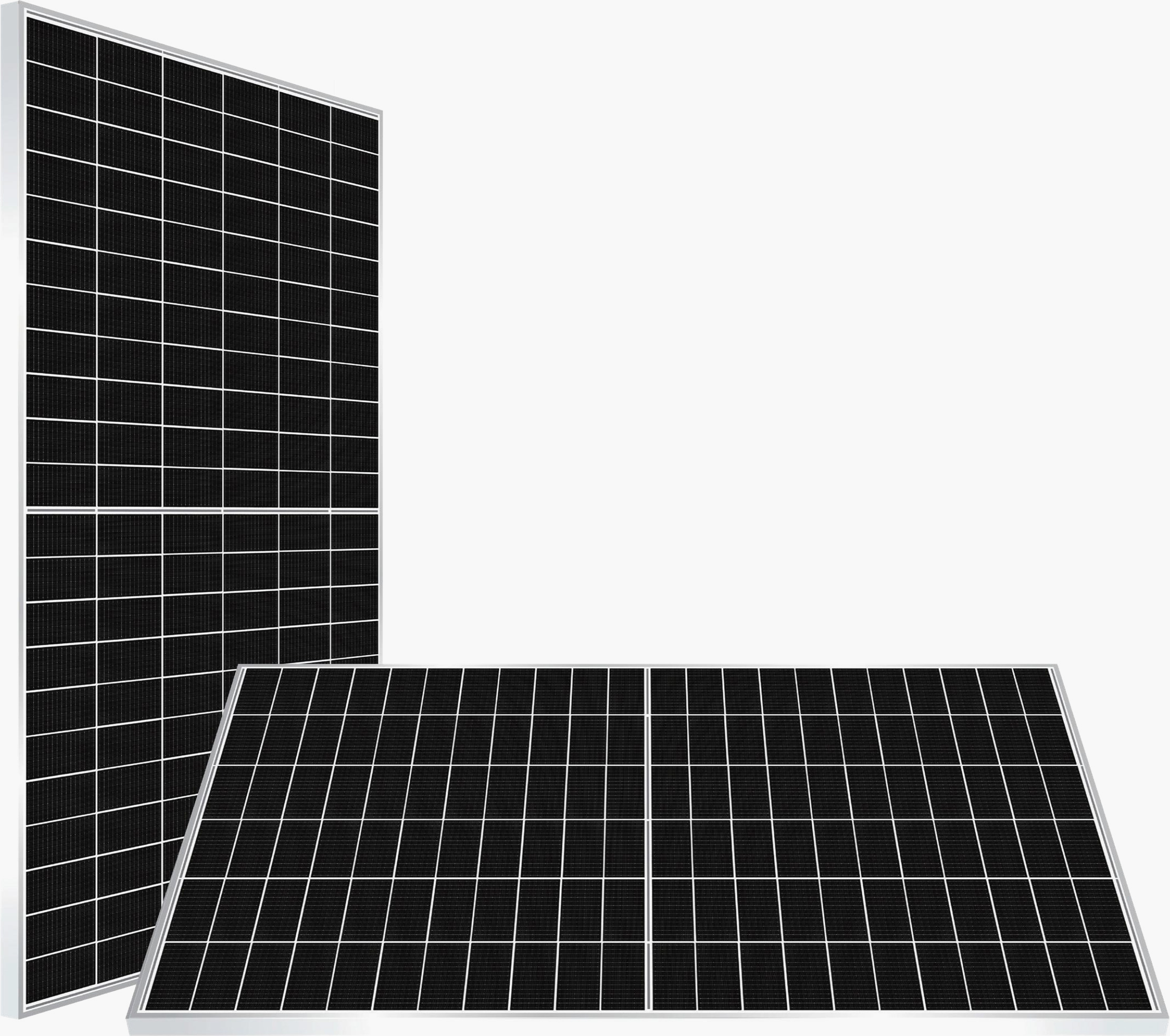
Learn more about HJT
Overview of the technical status of the photovoltaic industry chain
Photovoltaic industry chain: silicon material (polycrystalline silicon), silicon wafers, cells, modules, and power stations.
Module production and power station construction also require auxiliary materials such as glass and film, as well as modules such as inverters and brackets.
Among the four major links, since the photoelectric conversion efficiency of existing technology is close to its theoretical limit, the cell link is about to usher in the next generation of technological changes.
The visibility of technological changes in other links is relatively low: in the silicon material link, granular silicon technology has the potential to replace the Siemens method; in the module link, there are some possible new technologies such as shingling.
The silicon wafer technology is currently the most stable.

silicon material
Mainstream technology is mature
New technologies have potential
Characteristics: Heavy chemical industry, high energy consumption, complex operations, long cycle of start-up and production expansion, oligopoly
Technical situation: The current mainstream mature technology is the improved Siemens method. The fluidized bed method (granular silicon) developed by GCL as a representative has certain cost advantages.

silicon wafer
Mainstream technology
Very mature and stable
Features: Stable technology, lowered barriers to entry, rapid expansion of production capacity, moving from duopoly to cells and modules
Technical situation: Since LONGi Green Energy took the lead in converting polycrystalline to single crystal, the single crystal diamond wire cutting method has become a common technology in the industry, and there is no possible alternative technology in the short term.

Cell
Mainstream technology
About to face technology iteration
Features: The current mainstream technology is mature, equipment and processes are homogeneous, and the core competitiveness is cost control capabilities.
Technical situation: The current conversion efficiency of PERC technology is close to the theoretical limit. Next-generation technologies include HJT/Topcon, which are beginning to mass-produce.

Modules
Overall technology is stable
There is little innovation
Features: The technical threshold is the lowest, downstream customers have weak bargaining power for power plants, and the core competitiveness is the brand
Technical situation: The technology is stable, with potential innovations such as shingling and multi-sharding, but it is not popular.
Comparative advantages of HJT technology
Although the HJT has high conversion efficiency, it can only absorb light in the visible and near-infrared spectrum;
Perovskite has lower conversion efficiency but can absorb light in the ultraviolet and infrared spectrum
The combined tandem of HJT and perovskite can absorb more widely different bands in the spectrum, thereby increasing power generation. The current laboratory conversion rate record has reached 33.9%;
Both HJT and perovskite are prepared using ITO, and only a small amount of equipment such as coating is needed to complete the technical modification of the perovskite tandem;
Perovskite is still in the early stages of research, and there are still problems with stability and preparation. It is expected to achieve commercial mass production in 6-8 years.

Process Steps
TOPCon:11-14 step
HJT:4 step
LCOE
TOPCon:medium
HJT:low
Double sided rate
TOPCon:80%
HJT:95%
Photoelectric conversion efficiency
TOPCon:28.70%
HJT:28.90%
Temperature coefficient
TOPCon:-0.35
HJT:-0.26
Power loss in the first year
TOPCon:1%
HJT:≤1%
25 years power retention
TOPCon:0.88
HJT:0.92
Low light performance
TOPCon:high
HJT:Very high
Power generation density
TOPCon:medium
HJT:high
Silicon material purity requirements
TOPCon:high
HJT: lower than TOPCon
Power generation gain (Compared with PERC)
TOPCon:3.948% more
HJT: 5.38% more







